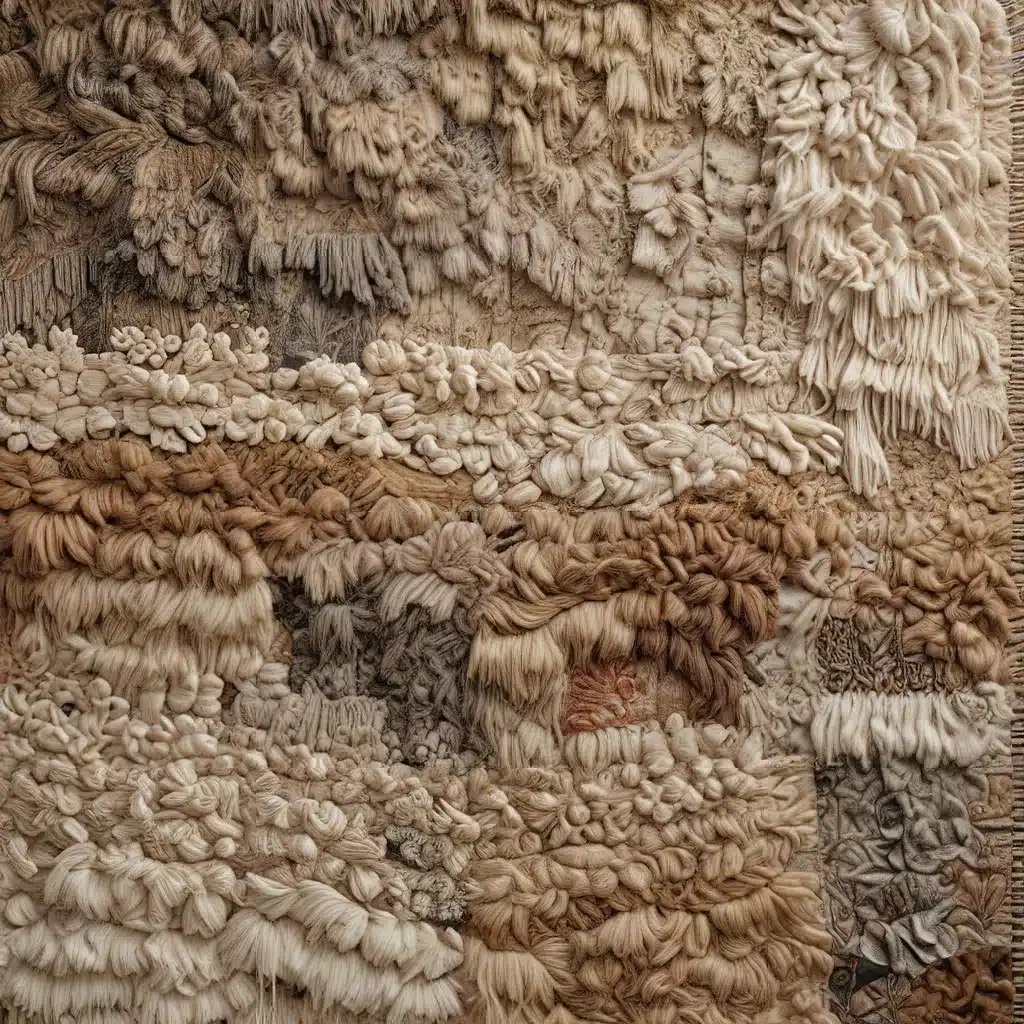
Elevating Your Interiors with Texture and Layers
Texture is the unsung hero of interior design, quietly elevating a space from ordinary to extraordinary. In this article, we’ll explore the power of layering textures and surfaces to create visually captivating and immersive interiors that captivate the senses.
The Allure of Tactile Surfaces
Texture refers to the tactile finish of an object or surface, whether smooth, rough, bumpy, or flat. It can be both visual and actual, offering a multi-dimensional experience. Imagine the inviting fluffiness of a pillow or the cozy embrace of a down quilt – appreciated not only through sight but also through touch. These tactile elements have the ability to draw us in, sparking our curiosity and inviting us to engage with the space in a more intimate way.
The Art of Layering
In interior design, layers are essential for creating a cohesive and captivating look. Layering involves combining textures, colors, and patterns to build a rich, detailed design, each element contributing to the overall narrative. For instance, placing one fabric atop another forms a layer, while adding a plate on top of those fabrics introduces another layer.
This layering technique allows for a harmonious blend of textures and patterns, creating visual interest and depth. As you layer different elements, you give the eye much to explore and appreciate, guiding the viewer through a sensory journey.
Crafting a Textural Tapestry
To create a visually stunning and tactile interior, start by establishing a solid foundation with your base layer. This could be a high-quality tablecloth, an elegant area rug, or a beautifully patterned wallcovering. From there, build upon this foundation, adding complementary textures, colors, and patterns to create a cohesive and captivating design.
Urban Grace Interiors specializes in helping homeowners and design enthusiasts craft their own textural tapestries. By incorporating a diverse range of materials, such as velvet, linen, and metal, our team can help you achieve a visually striking and luxurious aesthetic that reflects your personal style.
Mastering the Art of Layering
When it comes to layering textures, there are a few key principles to keep in mind:
-
Start with a Strong Foundation: Your base layer, whether it’s a tablecloth, area rug, or wall covering, should set the tone for the rest of your design. Opt for a high-quality, visually interesting piece that can serve as the foundation for the layers to come.
-
Introduce Contrasting Textures: Blend smooth and rough, matte and shiny, or soft and rigid textures to create visual interest and depth. This can be achieved through the strategic placement of fabrics, furniture, and decorative accessories.
-
Experiment with Patterns and Colors: Don’t be afraid to mix and match different patterns and colors, as long as they complement each other. Layering complementary hues and designs can add richness and complexity to your space.
-
Pay Attention to Scale: When layering elements, consider the scale of each piece. Mixing large-scale patterns with smaller-scale designs can create a visually balanced and harmonious look.
-
Allow for Breathing Room: While layering is essential, it’s important to leave some negative space to prevent the design from feeling overwhelming. Striking a balance between the layers and the open areas will result in a cohesive and visually appealing space.
Inspiring Textural Tapestries
One inspiring example of a textural tapestry can be found in the Merze Lifestyle blog, where the author shares a captivating tablescape inspired by the rustic charm of a French chateau. By layering a white tablecloth, a square tablecloth, and a fabric runner, the author created a visually rich and inviting display that evokes the essence of a Provençal garden.
Similarly, the interiors of Jacqueline restaurant in Barcelona celebrate the power of texture, with a stunning bar clad entirely in highly-patterned Turkish tapestry. This lavishly textured space becomes an immersive, cocooning environment that draws guests into its embrace.
Unlocking the Potential of Texture
By understanding the impact of texture and the art of layering, you can transform your interiors into visually captivating and sensory-rich environments. Whether you’re designing a chic tablescape or refreshing an entire room, embracing the power of textural tapestries can elevate your space and create a truly memorable experience for your guests.
Remember, the key to success lies in striking the right balance, blending complementary textures, colors, and patterns to create a harmonious and visually engaging design. With a little creativity and an eye for detail, you can craft your own textural masterpiece that reflects your personal style and sets your home apart.
So, get ready to immerse yourself in the world of textural design and unlock the full potential of your interiors. Let the layering begin!

